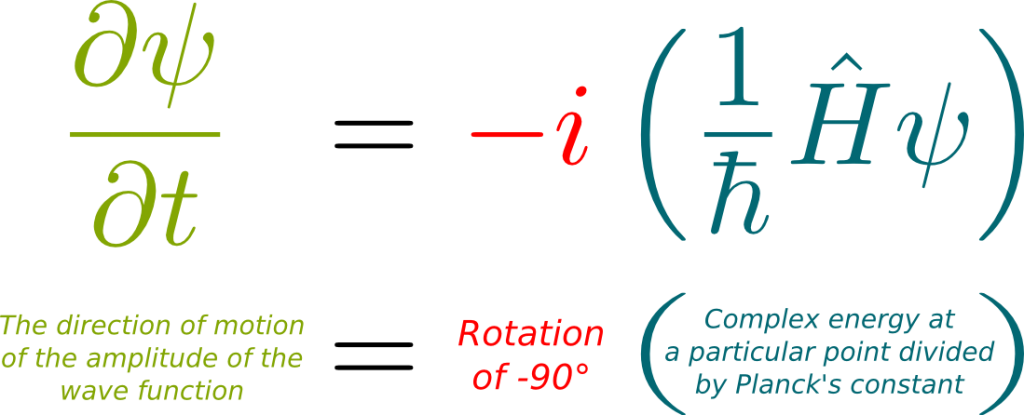

Origin), these functions being the solutions of Schrödinger’s equation in the Minimal amount of bending of the wave function necessary for it to be zero at both walls but nonzero in between - thisĬorresponds to half a period of a sine or cosine (depending on the choice of Rather, the lowest energy state must have the Since it cannot have a discontinuity, and must be zero just inside theĪn immediate consequence is that the lowest state cannotĬonstant ψ ( x ). The wave function ψ ( x ) necessarily goes to zero right at the walls, The wave function has the form ψ ( x ) = A sin ( k x + δ ). Well, that is, between infinitely high walls a distance L apart.įor that case, the potential between the walls is identically zero so

Wave functions and energies for a particle trapped in an infinitely deep square In an earlier lecture, we considered in some detail the allowed One Dimensional Infinite Depth Square Well This wave function is only relevant for positive x , and the coefficients A, B are functions of theĮnergy - for certain energies it turns out that A = 0 , and the wave function converges. Shall see below, there are situations with spatially varying potentials where

Of course, this wave function will diverge in Ψ ( x ) tends to zero, the curvature tends to zero,įor a constant potential V 0 > E , the wave function is ψ ( x ) = A e α x + B e − α x, Will the curvature be just right to bring the wave function to zero as x goes to infinity. Only with exactly the right initial conditions Means that ψ ( x ) tends to diverge to infinity. Potential V ( x ) = V 0 E , the curvature is always away from the axis. The simplest example is that of a constant In bothĬases, ψ ( x ) is always curving towards the x -axis - so, for E > V ( x ), ψ ( x ) has a kind of stability: its curvature isĪlways bringing it back towards the axis, and so generating oscillations. This means that if E > V ( x ) , for ψ ( x ) positive ψ ( x ) is curving negatively, for ψ ( x ) negative ψ ( x ) is curving positively. Rate of change of slope, is the curvature – so the curvature of the function is Curvature of Wave Functionsĭ 2 ψ ( x ) d x 2 = 2 m ( V ( x ) − E ) ℏ 2 ψ ( x )Ĭan be interpreted by saying that the left-hand side, the Previous index next PDF Schrödinger’s Equation in 1-D: Some Examples


 0 kommentar(er)
0 kommentar(er)
